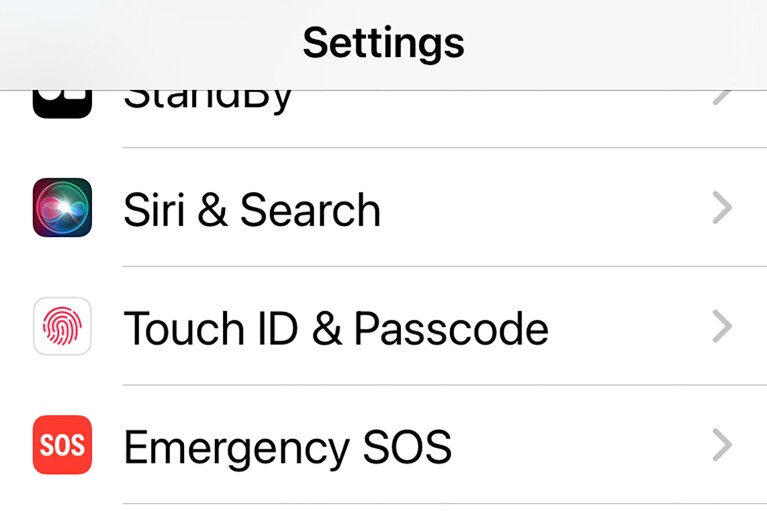[ad_1]
LONDON (AP) — You’re in a crowded bar when a thief watches you unlock your iPhone with a passcode and then swipe it. That sinking feeling when you realize it’s gone along with precious photos, important files, passwords to banking apps, and other important parts of your digital life.
Apple rolled out a Update its iOS operating system This week introduced a feature called Stolen Device Protection that makes it much harder for phone thieves to access key functions and settings. Users are being requested to activate it immediately.
Here’s how to activate the new security option and why it’s so important:
Should I turn on stolen device protection?
The software update for iPhones and iPads includes an essential new feature designed to prevent thieves from cleaning phones for resale or accessing Apple IDs or other important accounts. Stolen Device Protection is a new setting included with the latest iOS release, version 17.3.
Apple says this feature, hidden in your iPhone’s Settings, adds an extra layer of security for users. It addresses a vulnerability that thieves have discovered and exploited: allowing them to lock victims out of their Apple accounts, delete their photos and other files from their iCloud accounts, and access passwords held in the Keychain password manager to access their bank accounts. Allows for emptying of accounts.
Apple is introducing this feature because anecdotal evidence shows that phone theft is on the rise. Stories of stolen phones abound in Reddit groups and news articles from Los Angeles to London, where police say pickpocketing, “table surfing” and snatching mopeds are common tactics.
The Wall Street Journal reported last year how criminals used people’s passcodes to gain access to their personal information after stealing their phones.
How does stolen device protection work?
Stolen device protection Monitors a user’s “familiar locations” such as their home or workplace, and adds additional biometric security if someone tries to use the device to do certain things while away from those locations.
It also downplays the importance of passcodes, which thieves can steal by peering over someone’s shoulder or by threatening victims and forcing them to hand them over, in favor of “biometric” features like faces or fingerprints, which can be copied. is very difficult.
Let’s say the thief who snatched your iPhone tries to erase its contents and settings in order to sell it. With stolen device protection turned on, the phone will now require a Face ID or Touch ID scan to verify that the person is the rightful owner.
And that’s the only way – the new feature doesn’t allow anyone to use a passcode or any other backup method.
Other actions that will trigger this feature if it’s not in a familiar location include using a password saved in Keychain or using saved payment methods in Safari, turning off Lost Mode, applying for a new Apple Card Or involves using the iPhone to set up the new device.
A second layer is also designed to slow down thieves trying to access critical security settings. If someone tries to sign out of an Apple ID account, change the passcode, or reset the phone while in an unfamiliar location, they’ll have to authenticate using Face ID or Touch ID, wait an hour, then try again Facial or fingerprint scan.
Changing the Apple ID password, updating Apple ID security settings, adding or removing Face or Touch ID, and turning off the Find My Device feature or Stolen Device Protection will also trigger this feature.
“Security Delay is designed to prevent a thief from performing critical actions so you can mark your device as lost and ensure your Apple account is safe,” the company said. “When your iPhone is in a familiar location, these additional steps won’t be needed and you can use your device passcode like normal.”
How do I activate stolen device protection?
It’s simple – if you know where to look.
First of all, download and update your iPhone or iPad with the latest iOS update. Then go to your Settings, scroll down to “Face ID & Passcode” or “Touch ID & Passcode” and enter your passcode. Scroll down and you will see Stolen Device Protection.
Depending on your iPhone model, you may have to tap or toggle it to turn it on or off. Make sure you’ve activated two-factor authentication and Find My Device for your Apple ID account first, otherwise it won’t show up.
What devices does this apply to?
iPhone XS and newer models, including the second and third generation SE models.
[ad_2]
Source link
